Brain Hemorrhage – a fatal medical condition leading to uncontrolled bleeding within the brain or anywhere between brain and skull. The term Hemorrhage is derived from Haemorrhagy – an obsolete term meaning ‘blood burst.’
Hemorrhage or blood burst can be internal or external. With regards to brain, it is always internal and depending on the location inside the skull. Depending on this location, there are different types of brain hemorrhages discussed later.
Bleeding brain can have multiple reasons behind. However, very recent reports suggest that some drugs that are frequently being used to treat common cold and cough may sometimes lead to Brain Hemorrhage! And that’s not all, reports also suggest that children are more susceptible to such life threatening conditions.
So if your 3 years old is complaining of a severe headache or dizziness while on cold medicines, don’t wait for cough drugs to improve conditions. Who knows they may even work otherwise and cause Brain hemorrhage! EERIE….
Brain hemorrhages are quite tricky while talking with regards to specific symptoms. It is because, not all types of brain hemorrhages may cause severe headaches. Sometimes, the symptoms may be misleading and can be easily confused with minor vision troubles and weaknesses by people who are unaware about particular symptoms.
So, to aide our readers with all queries regarding Brain hemorrhage types, causes, symptoms, diagnosis, and treatment; we have come up with this descriptive summary.
Types of Brain Hemorrhages:
Numerous blood vessels are running through the brain and surrounding areas. Any reason that causes the rupture of these blood vessels, results in brain bleeding. Bleeding anywhere inside the skull is termed as Intracranial Hemorrhage. Depending on the area where the rupture has taken place, brain hemorrhages have been categorized as under:
- Intra – axial Hemorrhage: Also known as Cerebral Hemorrhage, is a condition during which bleeding takes place within the brain itself.
- Extra – axial Hemorrhage: Bleeding takes place anywhere within the skull except the brain. It is again subdivided into three categories:
- Epidural or Extradural Hemorrhage or Epidural Hematoma
- Subdural Hemorrhage or Subdural Hematoma
- Subarachnoid Hemorrhage
Cerebral Hemorrhage:
Cerebral Hemorrhages require immediate medical attention, which if delayed may lead to state of Coma and eventual death. Experts say that there are around 100 – 150 per 1,00,000 brain stroke cases in India. Although, middle aged are more prone to such type of hemorrhages, youth are also seen contributing to a huge segment of such population.
Causes of Cerebral Hemorrhage:
Following are few of the major causes of Cerebral Hemorrhage:
- Any accident injuring the head severely
- High blood pressure is the most heard of cause
- Bleeding tumors result in hemorrhage if left undiagnosed
- Diabetes Mellitus may also lead to hemorrhage
- Severe and prolonged migraine
- A condition of Cerebral aneurysm in which a weak spot in the blood vessel may suddenly burst. Cerebral aneurysm is also know as brain aneurysm, which can be treated by brain aneurysm surgery.
- Cerebral Amyloid Angiopathy – a neurological condition in which amyloid proteins, due to reasons unknown, deposit on the walls of arteries present in brain. This increases the risk of Hemorrhage.
- Malformed blood vessels hindering normal blood flow
- Use of Cocaine, excessive smoking, drinking, use of blood thinners
- Hemophilia, Sickle Cell anemia, Hypertension may progress Cerebral Hemorrhage
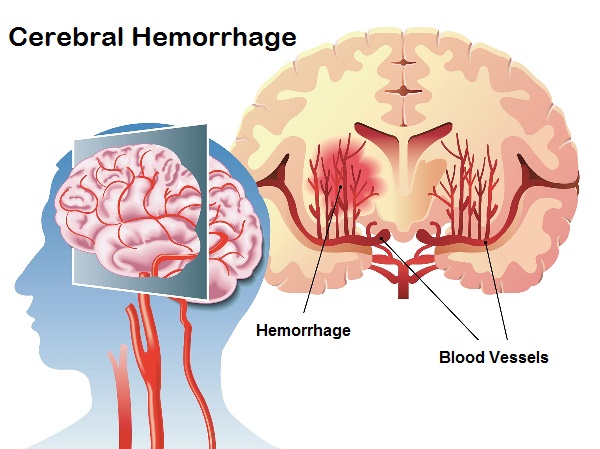
Symptoms of Cerebral Hemorrhage:
Following are few common symptoms of Cerebral Hemorrhage:
- Experiencing sudden, severe and unbearable headaches, seizures and numbness
- Difficulty in swallowing
- One side paralysis; especially experienced on face, arms and legs
- Improper vision or difficulty in reading and talking
- Loss of consciousness, dizziness, nausea and vomiting
- Continuous bleeding from ear
- Unable to understand or confusion
- Extreme sleepiness and lethargy
Extra – axial Hemorrhage:
The human body has three membranes enveloping the brain and spinal cord; namely – dura mater, arachnoid matter and pia mater. They are together known as the meninges.
Dura is the outer most and thickest layer of the meninges surrounding the brain and spinal cord. Arachnoid lies in the middle of the three membranes and connects to the interior part of dura. It is comparatively delicate. Pia mater is the inner most layer and is loosely connected to arachnoid while being strongly attached to the surface of brain. Cerebrospinal fluid fills the space between arachnoid and pia mater which is known as subarachnoid layer.
Based on these three membranes, extra-axial hemorrhage are divided into the following three sub types.
Epidural Hemorrhage:
A type of intracranial hemorrhage occurring in between the dura mater and skull. More common with children and young adults, as the outer most layer remains soft in children and thickens with age.
Extra dural hemorrhages require quick surgical intervention to prevent deaths. However, risk of disability post surgery lingers with some cases.
Causes of Epidural Hemorrhage:
Severe injury leading to skull fractures causes epidural hematoma. The sudden rupture of blood vessel; precisely arteries, causes blood to accumulate in between skull and dura. This accumulation creates huge pressure on brain within seconds and thus causes further damages.
Symptoms of Epidural Hemorrhage:
- Loss of consciousness and then regaining back to lose it again and so on
- Enlarged pupil on one side
- Weakness experienced on the other side of the enlarged pupil
- Confusion and drowsiness
- Nausea and Vomiting
Subdural Hemorrhage:
Bleeding in between dura and arachnoid membranes is known as Subdural Hemorrhage.
Similar to Epidural hematoma, subdural hematoma is also caused due to sudden head injury leading to damage of bridging veins, that travel through various layers of meninges.
Causes of Subdural Hemorrhage:
- Accidents leading to brain injury
- Excessive consumption of alcohol leading to Cerebral Atrophy. It is a condition where bridging veins expand due to excess alcohol and eventually tears.
- Use of anticoagulants, aspirin and warfarin
- Reduction of Cerebrospinal fluid
Symptoms of Subdural Hemorrhage:
This type of hemorrhage can show relevant symptoms slowly as compared to other types. It can take around 14 days to witness visible symptoms.
Following are common symptoms:
- Personality Changes
- Slurred Speech
- Irritation
- Changes in breathing patterns
- Hearing problems
- Abnormal movement of eyes and blurred vision
- Lack control of muscles and difficulty in movement
Apart from the above mentioned, common symptoms such as dizziness, nausea, vomiting, also exist.
Subarachnoid Hemorrhage:
Hematoma arising between arachnoid and pia mater is known as Subarachnoid hemorrhage. Since Cerebrospinal fluid fills the area between arachnoid and pia mater, this hematoma is also described as bleeding into Cerebrospinal fluid.
Causes of Subarachnoid Hemorrhage:
- Similar to cerebral hemorrhage, aneurysms may be a cause of subarachnoid hemorrhage
- Genetics or family history
- Smoking and alcohol consumption
- Cancerous or non cancerous brain tumors
- Brain infection
Symptoms of Subarachnoid Hemorrhage:
- Vision discomfort in bright light
- Difference in the size of pupil
- Stiff neck and muscle aches
- Personality changes and mood swings
- A feeling of numbness in different parts of body
Apart from sudden brain trauma that evidently requires immediate medical attention, any other symptom discussed above needs also needs quick medical aide. Therefore, knowing minor or major symptoms and then taking some impromptu decisions that can save lives of people is crucial.
Is brain hemorrhage curable?
Only when effective diagnosis and fast treatment procedures are administered, brain hemorrhages are curable and don’t turn fatal. Reports have shown that many patients who suffer from Brain Hemorrhage lose their life even before reaching hospitals.
Patients and their families need to realize that brain hemorrhage is an extremely serious condition and therefore overnight recovery is simply not possible. Months of care and rehabilitation efforts are mandatory. Speech therapy is also seen to bring about significant improvement. Support and optimism shown by friends, families and colleagues have resulted to bring about quicker results.
How to diagnose and treat Brain Hemorrhage?
Brain hemorrhage symptoms may call for a number of neurological exams that the doctor may prescribe to diagnose exact location and the type of hemorrhage.
Following are some of the most common diagnostic tests for brain hemorrhage:
- CT Scan
- Head MRI Scan
- Cerebral Angiography or Spiral CT Scan
- Prothrombin Time (PT)
- Platelet Count
- Partial Thromboplastin Time
- Bleeding Time
- CBC
Once accurate diagnosis has been done, implementing treatment procedures to save lives is definitely the next step.
Brain Hemorrhages mostly require immediate surgeries. As soon as diagnosis reveals the exact location within the brain that is causing the problem, surgical intervention is needed to either eliminate the cause or treat it.
Besides, certain medicines such as painkillers, anticonvulsants and corticosteroids may also be prescribed by your neurosurgeon.
Are Brain Hemorrhages preventable?
The answer is a thousand times Yes. Brain hemorrhages are definitely preventable and now that you have read the causes, you can yourself suggest a few preventive measures.
Do these to prevent Brain Hemorrhage:
- Do follow all traffic rules and drive carefully
- Never skip wearing helmets while on motor bikes
- Keep your blood pressure under control always
- Regulate sugar levels
- Healthy diet that can keep other ailments under control is highly recommended
- Abstain from smoking, alcohol consumption and use of drugs
- Liver and kidney problems need to be discussed with doctors
- Prescribed drugs such as warfarin need to be regulated frequently
Brain hemorrhages have mediocre survival rates. No, it is not because sufficient treatment measures are not available as in cases of HIV. It is because, patients fall short of time and lose their lives before reaching health care centers.
Therefore, health experts always suggest that people should know symptoms and the causes leading to such fatal conditions. Being aware about these can help patients and others around to get treated early and thereby lead healthy lives for longer years.
Lastly, brain hemorrhages have long recovery periods. Therefore, a bit of patience is required to drive early recovery.
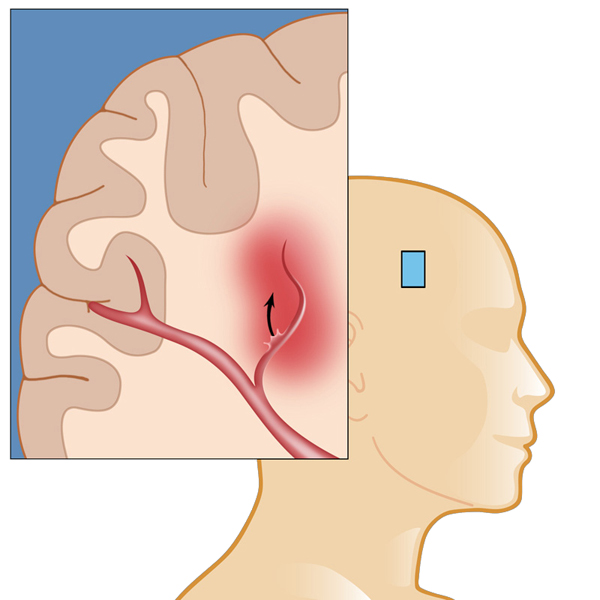
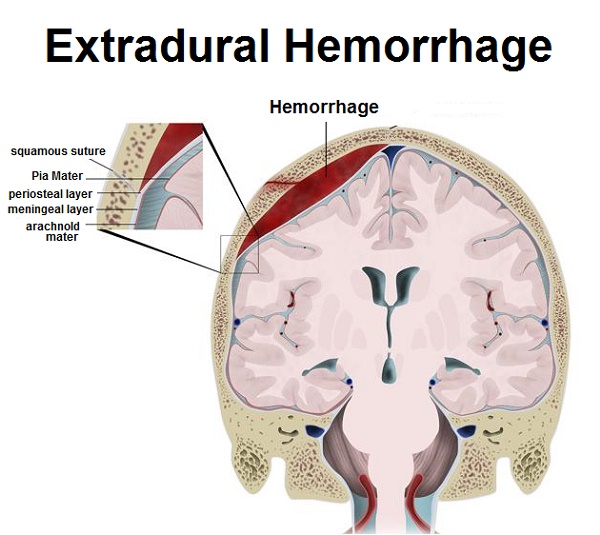
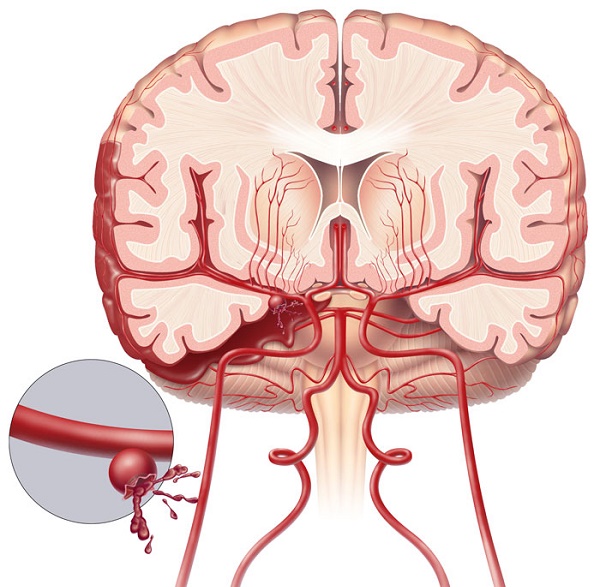
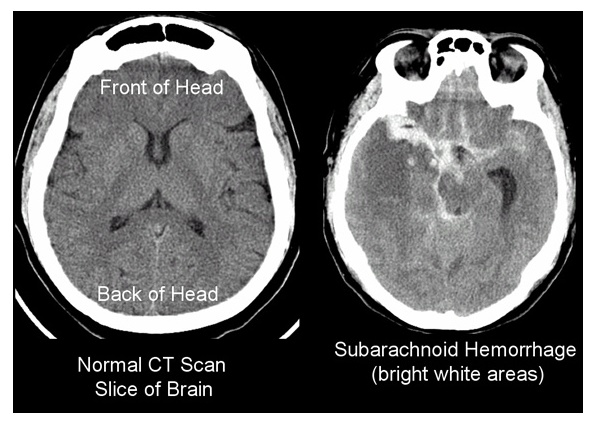

Really liked your blog.Keep sharing good content like this.